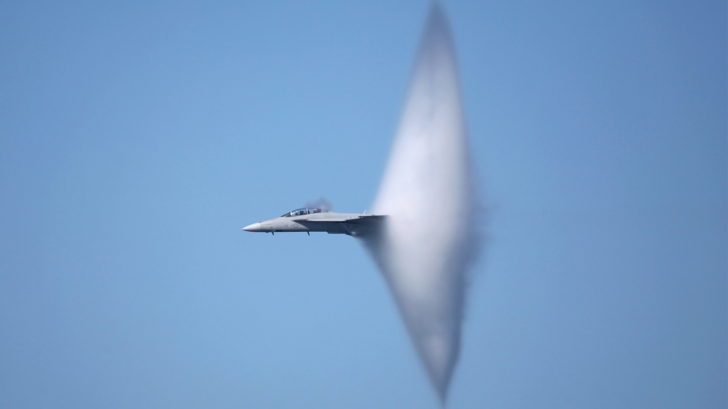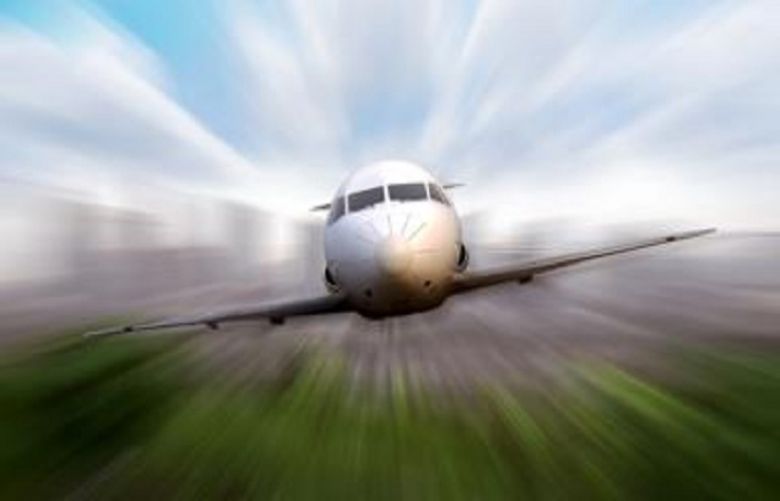Is Elon Musk’s Hyperloop just a pipedream or reality?
When Concorde retired in 2003, it seemed that the high speed travel industry had taken a back step. It was an anomaly in a world of technological advancements and rapid development, although there were good reasons for its demise. It was expensive, it broke noise regulations and why fly for a business meeting when you can use Skype instead?
Since then, engineers have been working on speeding up the time spent on journeys.
Hyperloop Trains
Hyperloop trains, which promise to take people from London to Scotland in 45 minutes, are one proposal. The Hyperloop is a sealed tube with reduced air resistance through which a pod, or vehicle, would travel at a very high speed. Aerodynamic drag slows down travel so, to speed things up, the amount of air has to be reduced, which is why the Hyperloop tubes are evacuated. Engineers at Elon Musk’s Tesla and SpaceX have been working on prototypes over the last few years.
It sounds promising, but Mark Quinn, lecturer from the School Of Mechanical, Aerospace and Civil Engineering at the University of Manchester, isn’t optimistic.
“There have been quite a few attempts to do this in the past but they’ve never really overcome the infrastructure limits,” he said. “For it to be in any way scaleable you have to be able to reduce the pressure in an enormously long tube. In order to do that, you’re just pushing the energy costs that are required elsewhere.”
Another challenge is location. If the area is geologically active, any tectonic plate movements could cause significant problems and affect feasibility. Also, as speed increases, the flow around the vehicle can reach the speed of sound. This can lead to loud noises, increases in pressure and vibration, and control difficulties.
“Elon Musk proposed a solution to it by having a large compressor on the front of his Hyperloop train which took the air from the front and pushed it out the back, which is possible but then you’re essentially strapping yourself to a jet engine that’s flying through an underground tube,” said Quinn, adding that there’s no regulatory framework yet anywhere in the world.
Currently, there are no solutions to the challenges and it’s unclear whether there ever will be.

Supersonic flight
Supersonic flight is the next possibility. A small company called Boom Supersonic are attempting supersonic flight, now with the backing of Richard Branson. The technology has improved since the Concorde’s day and the planes will use three engines instead of four, which reduces fuel costs.
One problem with supersonic flight over land is the noise. A sonic boom is extremely loud. NASA has been trying to find a quieter way with its project QUESST (QUiEt SuperSonic Technology).
It is currently working on building a quieter supersonic passenger jet. “Developing, building and flight testing a quiet supersonic X-plane is the next logical step in our path to enabling the industry's decision to open supersonic travel for the flying public," Jaiwon Shin, associate administrator for NASA’s Aeronautics Research Mission, said in 2016.
In April 2018, Lockheed Martin, an Aeronautics Company based in Palmdale, California, was announced as the company awarded the contract to build, design and test the experimental X-Plane.

Hypersonic travel
Hypersonic travel is another area of research interest, which generally means speeds of Mach 5 (five times greater than the speed of sound) and above, though mainly in the missile industry. Engineers in Germany are working on the SpaceLiner concept - a hypersonic, passenger space plane - but the project currently doesn’t have enough funding. Even if it did, it would take decades to develop and the sound factor would still need to be solved.
It all sounds as though high speed travel is a long way off. However, scramjet and ramjet technology could be a key component to the future of high-speed travel.
A ramjet uses the engine’s forward motion or shockwaves to compress incoming air without needing a compressor, which reaches an extremely high temperature during supersonic flow.
“This sounds really good in theory,” says Quinn. “The problem is that as you go faster and faster, your shockwaves generate more and more heat. Once you reach 2000 Kelvin, you start to end up in a scenario where you are no longer adding temperature or energy to the flow by burning fuel, you’re starting to break apart the oxygen or nitrogen in the air.”
A proposed solution is a scramjet (supersonic combusting ramjet). Instead of decelerating the air to subsonic speeds using strong shockwaves, it uses fewer, weaker shockwaves to retain supersonic flow, limiting temperature increase.
Of course, another consideration is the carbon footprint of high-speed travel. Using hydrogen as a fuel, because it doesn’t produce CO2 as a combustion product, has been proposed as a solution, though the energy costs in generating hydrogen are significant.
“If there is a source of electricity that is sufficiently abundant and clean (renewables or fusion for example), then hydrogen can be electrolysed from water to produce fuel,” said Quinn, “but this is a long way away from happening.”







